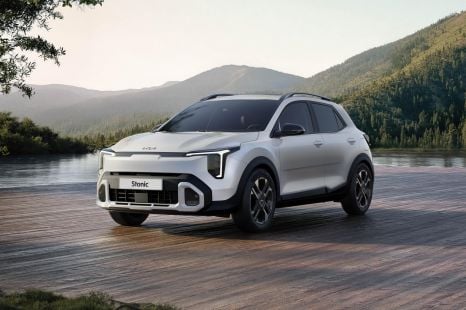

William Stopford
2026 Kia Stonic pricing: Light SUV gets more tech but higher prices
10 Minutes Ago

Contributor
Chinese brand LDV raised eyebrows when it announced its electric ute, van, and people mover would have sticker prices around $100,000 in Australia.
The company made no bones about the fact it wasn’t targeting private buyers with its eT60 ute, eDeliver 9 van, and MIFA 9 people mover with that pricing though. Instead, it was firmly focused on commercial fleets.
Six months later, we have some data about how effective that strategy has been.
To date in 2023, local distributor Ateco has delivered 27 examples of the eT60, seven examples of the MIFA 9, and 12 examples of the eDeliver 9.

Although those numbers aren’t close to what LDV is seeing from its diesel products, local general manager Dinesh Chinnappa says the brand is happy with how its electric rollout is progressing.
“What we thought would happen is actually happening,” Mr Chinnappa told CarExpert.
“When it comes to commercial vehicles, they’re not really for mum and dad – mum and dad buyers at this point in time, or small business buyers, are not the primary buyers of an electric commercial vehicle.
“There are one or two private buyers, but when we stood up in front of our dealers we said ‘this is the buyer for an electric van or an electric pickup’; it’s either blue-chip large Australian public companies … or they’re government.”
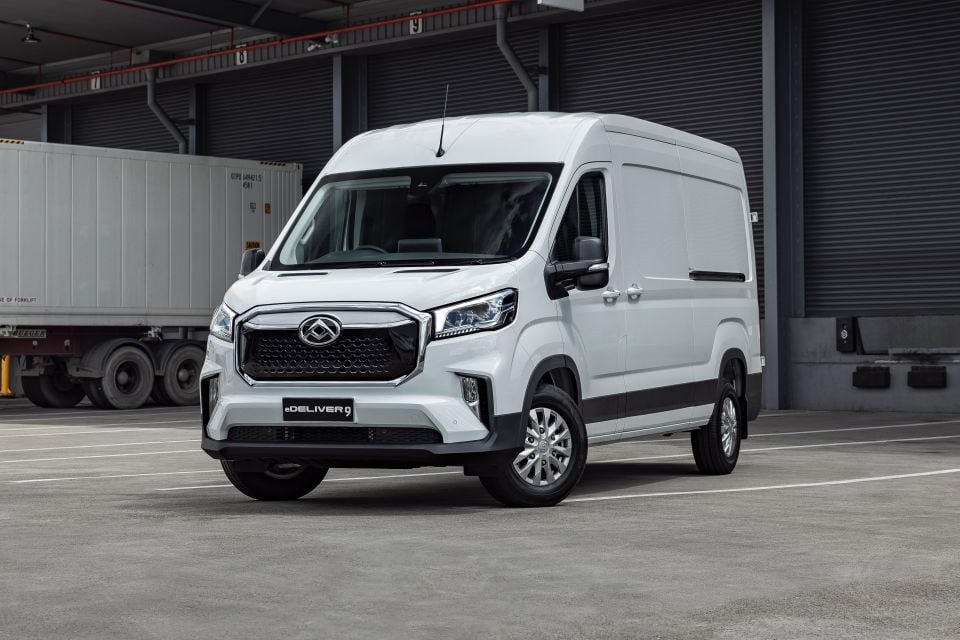
Along with Woolworths, which last week confirmed it will be using the eDeliver 9 cab chassis as a base for its electric delivery vehicles, the brand says it’s working with a number of Australian companies – including mining companies interested in the electric T60 ute.
Part of that process is working out how an electric vehicle fits into their existing processes, what infrastructure needs changing, and whether those changes are worth making. As you’d expect, that’s not a simple thing to do.
“They all have to sit back; start the process, start the journey of electrification and work out the infrastructure of how to do it,” Mr Chinnappa told CarExpert.
“If you turned up at the Ateco office tomorrow and said you were going to domicile 30 vans in the precinct and they were all going to require charging, there’s not enough electricity in the local zone to get it in here.
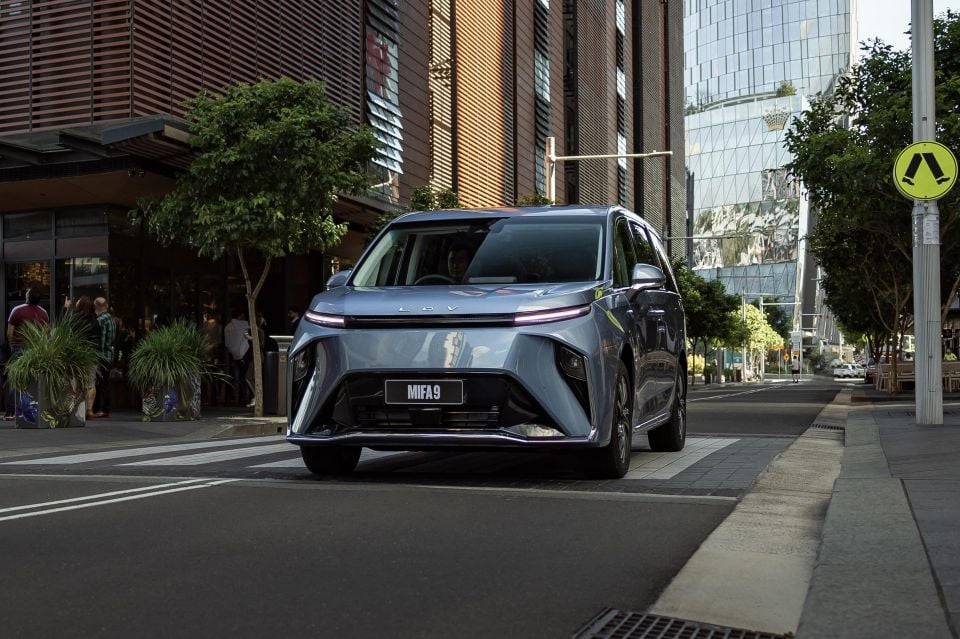
“Somebody’s got to work it all out … None of this stuff is earth shattering, but it requires time – and people don’t know what they don’t know when they go into the process.
“This whole trial process is a necessary part of what I call ‘stage one’ of the electrification of the commercial vehicle market.”
Rivals for the brand’s electric cars are hard to come by in Australia.
There are no factory electric utes to take on the eT60, although the aftermarket is pushing hard to fill that void, while the eDeliver 9 goes head-to-head with the Ford eTransit… but nothing else at this stage.
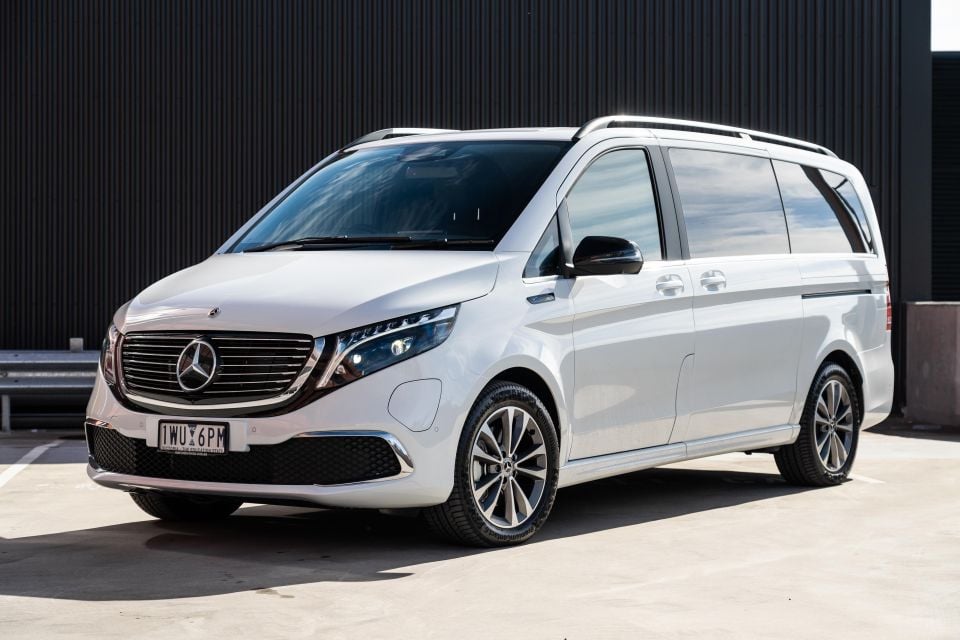
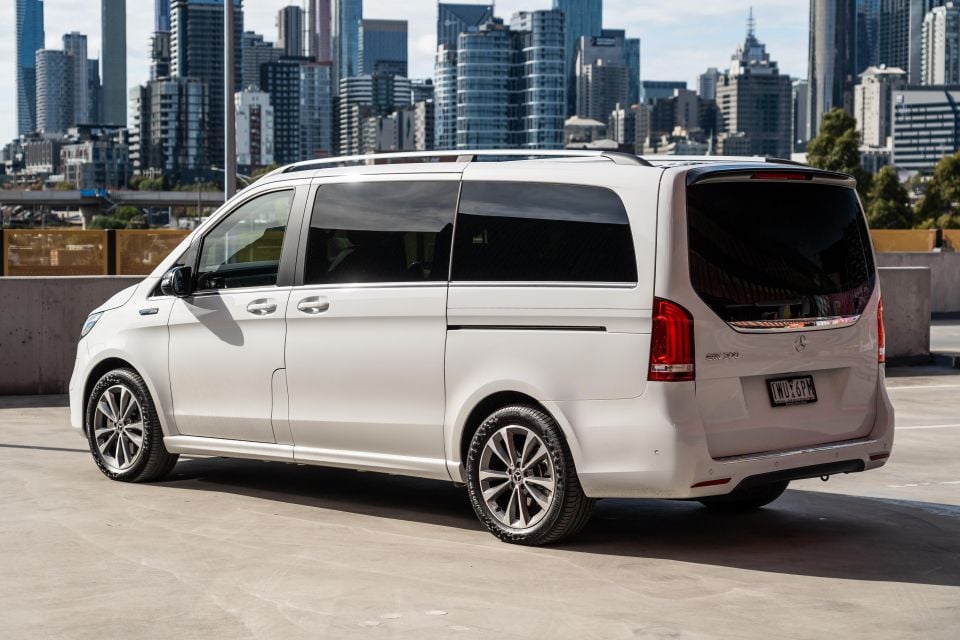
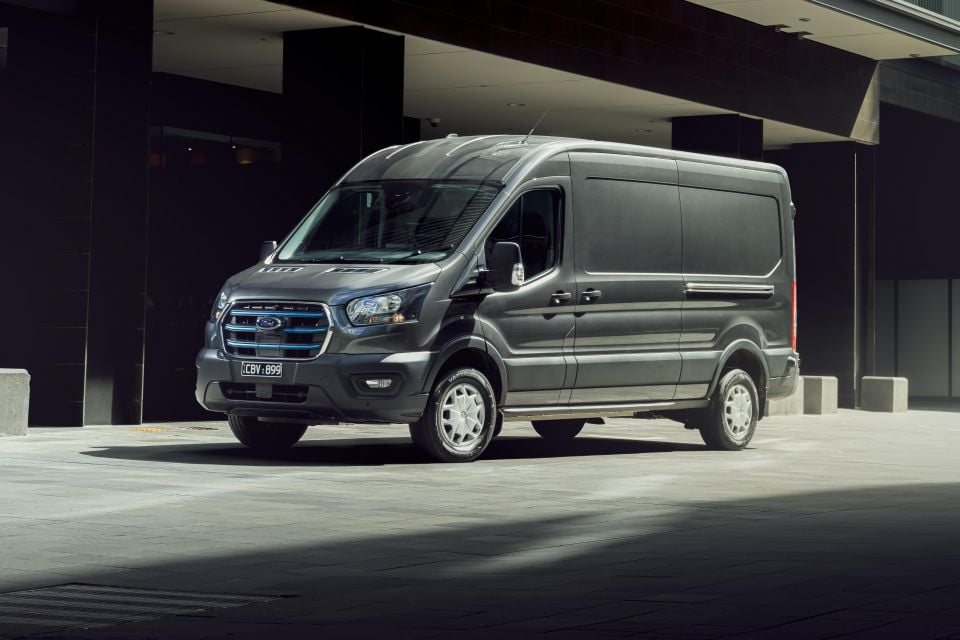
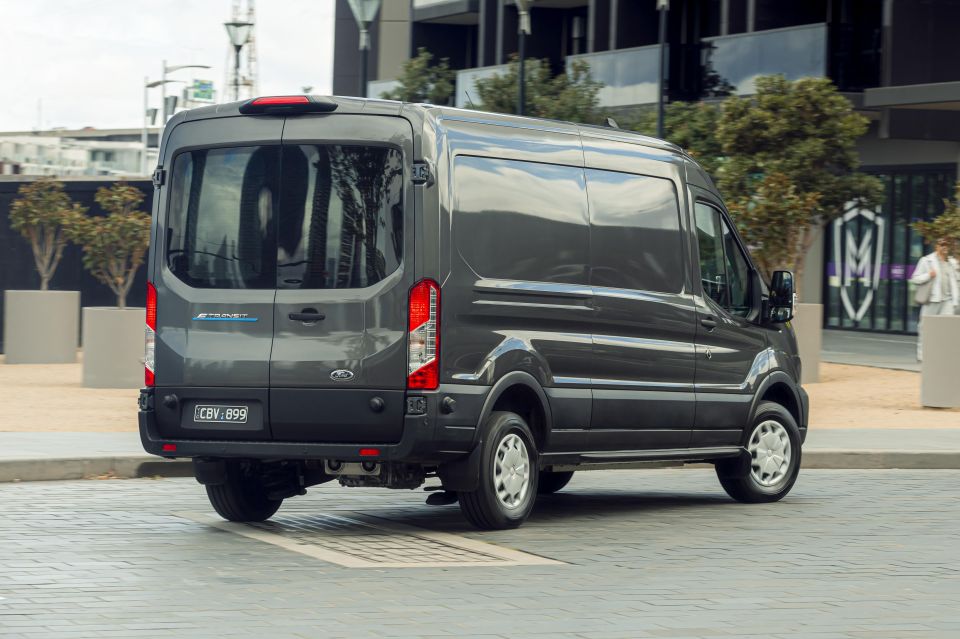
The MIFA 9 has some competition from Mercedes-Benz, but the EQV is significantly more expensive.
Mr Chinnappa says LDV’s advantage against those rivals, along with those to come, will become stronger as the market for electric commercial vehicles accelerates.
“The difference between perhaps us and some others is, we’re laying the foundation stones in regards to preparing for the electrification process,” he told CarExpert.
“When we launched, we couldn’t just let every dealer sell and service electric cars. We have to get our dealers EV-ready.
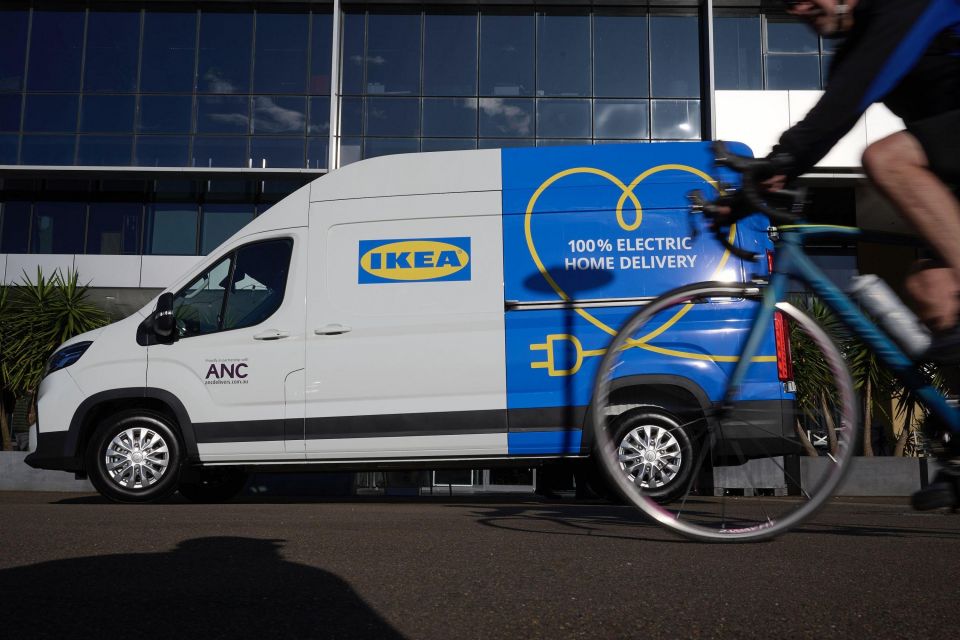
“The techs need to go to a training course to make sure they understand how to play with a high-voltage system. The dealer has to have special tools, and special safety requirements. You can’t just flick a switch and go EV overnight.
“What we’re trying to do at the moment is use our first-to-market leader advantage to do all the learning. Get the network ready, get ourselves ready … so when the explosion [of demand] occurs, which I believe it will happen, we’ll be sitting there primed.”
Where expert car reviews meet expert car buying – CarExpert gives you trusted advice, personalised service and real savings on your next new car.
Scott Collie is an automotive journalist based in Melbourne, Australia. Scott studied journalism at RMIT University and, after a lifelong obsession with everything automotive, started covering the car industry shortly afterwards. He has a passion for travel, and is an avid Melbourne Demons supporter.


William Stopford
10 Minutes Ago
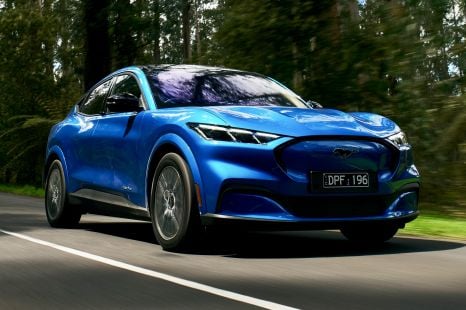

Max Davies
1 Hour Ago
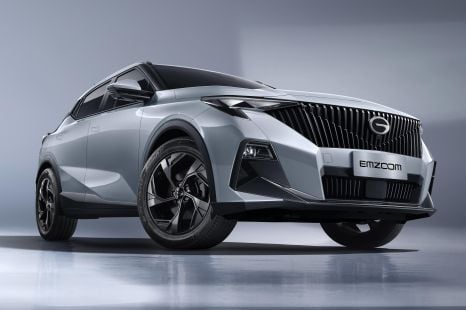

Max Davies
2 Hours Ago
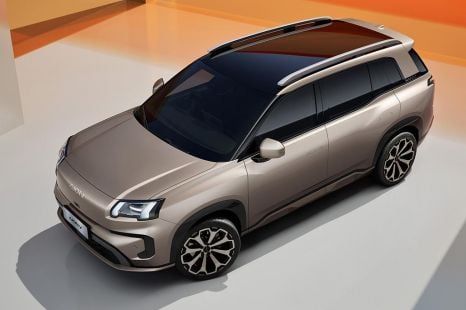

Damion Smy
5 Hours Ago
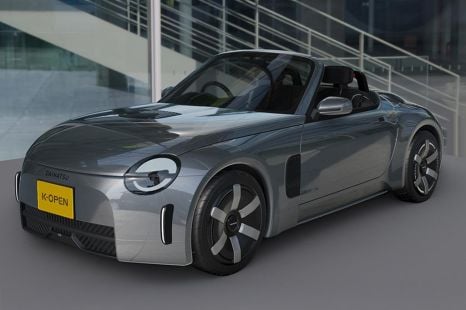

Damion Smy
7 Hours Ago
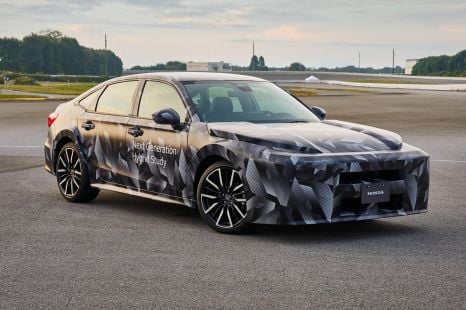

Derek Fung
9 Hours Ago